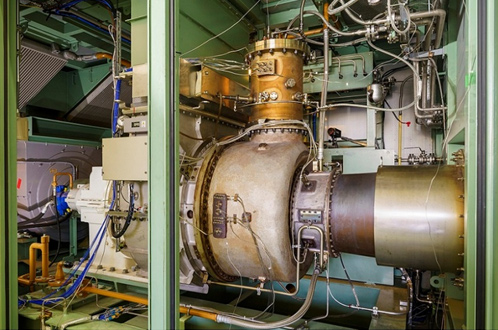2022-06-16 アルゴンヌ国立研究所(ANL)
持続可能な集約化は、農地の生産性を最大化するために土地利用と管理方法を最適化すると同時に、関連する環境への影響を最小化しようとするものです。この2つの目的の間に適切なバランスを見つけることが重要なのです。
コロラド州立大学(CSU)と米国エネルギー省(DOE)アルゴンヌ国立研究所の農業生態系モデリングとライフサイクル分析(LCA)を専門とする科学者たちは、アイオワ州のトウモロコシと大豆栽培に関する最近の研究において、この問題に新しい分析的アプローチを採用しました。
<関連情報>
- https://www.anl.gov/article/can-farms-produce-to-the-max-and-still-reduce-greenhouse-gas-emissions
- https://www.sciencedirect.com/science/article/pii/S095965262201304X
地域の気候変動緩和の可能性を評価するための多品種景観ライフサイクル評価アプローチA multi-product landscape life-cycle assessment approach for evaluating local climate mitigation potential
Trung H.Nguyen,John L.Field,HoyoungKwon,Troy R.Hawkins,KeithPaustian,Michael Q.Wang
Journal of Cleaner Production Available online 9 April 2022
DOI:https://doi.org/10.1016/j.jclepro.2022.131691

Abstract
Increasing demand for land-based climate mitigation requires more efficient management of agricultural landscapes for competing objectives. Here we develop methods for assessing trade-offs and synergies between intensification and carbon-sequestering conservation measures in annual crop production landscapes using the DayCent ecosystem model and the Greenhouse Gases, Regulated Emissions, and Energy Use in Technologies (GREET) life-cycle assessment (LCA) model. We compiled county-scaled crop yields, fertilizer application rates, and tillage intensity for a corn–soybean farming case study landscape in the US state of Iowa. Using DayCent, we estimated a baseline soil organic carbon (SOC) accrual rate of 0.29 Mg C ha−1 y−1 driven by historical increases in crop productivity and reductions in tillage intensity. We then simulated the effects of management interventions targeted toward intensification (stover removal) and SOC sequestration (tillage intensity reduction and winter cover crop addition) individually and in combination. We propose a new multi-product landscape–LCA approach that analyzes marginal changes in corn grain, corn stover, and soybean production from the landscape in terms of their value for biofuel production (corn ethanol, soy biodiesel, and cellulosic ethanol from stover) and associated net displacement of conventional fossil-derived fuel use. This enables us to evaluate both intensification and sequestration effects in common CO2-equivalent mitigation units. We also used DayCent-simulated yields under the different land management scenarios to estimate farm-level costs and revenues. Our results show that intensification via collecting 30% of corn stover for biofuel production would increase the total greenhouse gas (GHG) mitigation potential of this landscape by 0.93 Mg CO2e ha−1 y−1 and provide $49 ha−1 y−1 of additional net revenue from biomass sales, but would reduce the baseline SOC accumulation rate by approximately 40%. In contrast, integrated approaches that include co-adoption of winter cover cropping and/or tillage intensity reduction would result in increased rates of SOC accumulation above the baseline, achieving simultaneous improvements in both farm profits and the overall GHG mitigation potential of the landscape.


